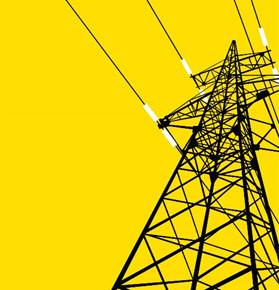Free Courses Sale ends Soon, Get It Now


Free Courses Sale ends Soon, Get It Now



Disclaimer: Copyright infringement not intended.
Context
Background
The new Regulations
Significance
Concern
Final Thought
© 2024 iasgyan. All right reserved